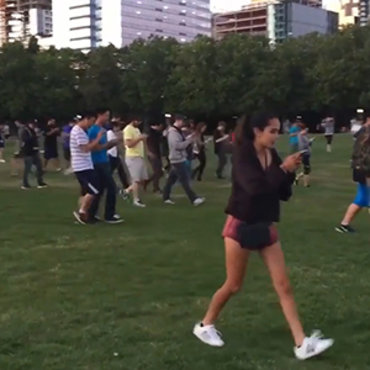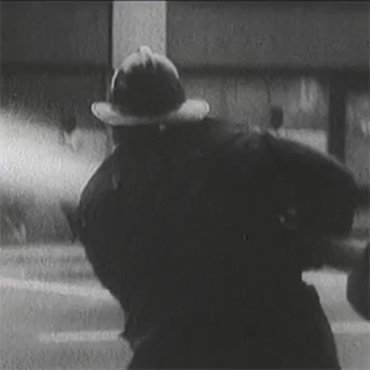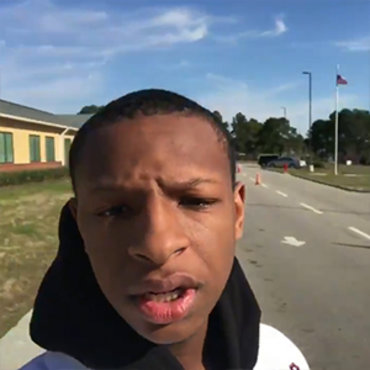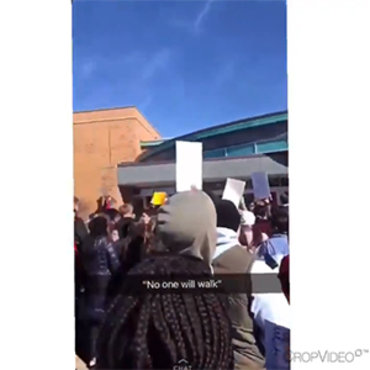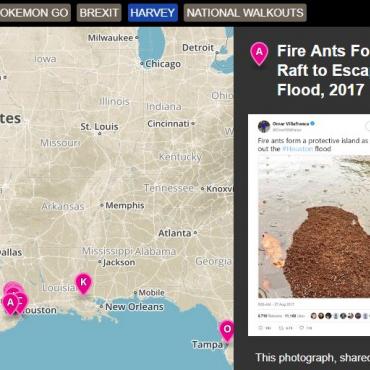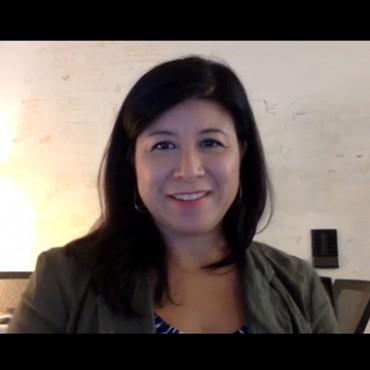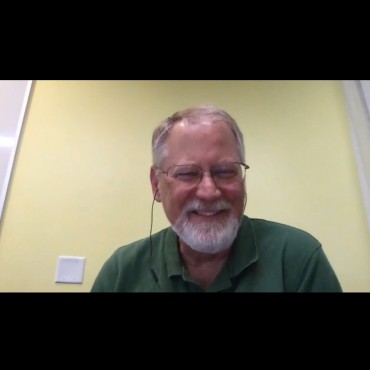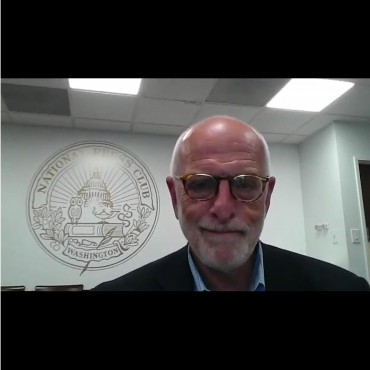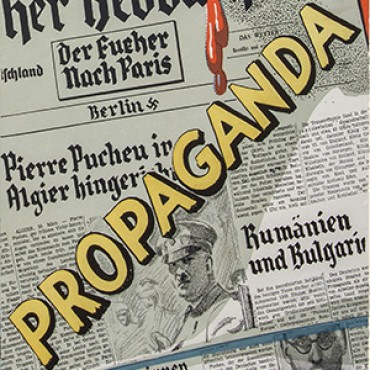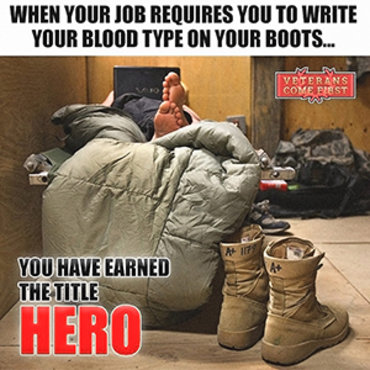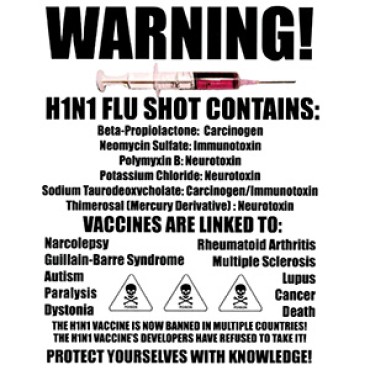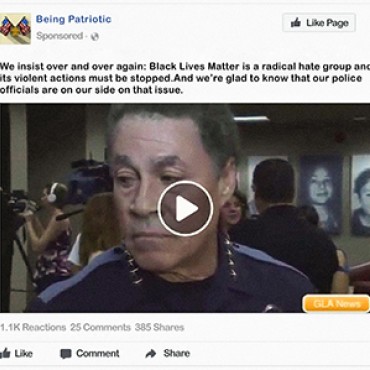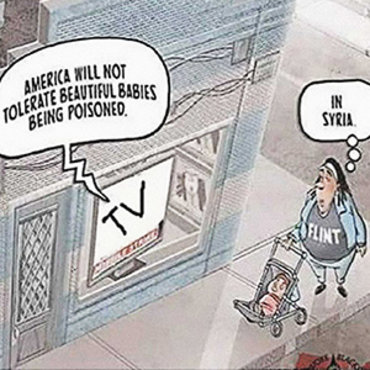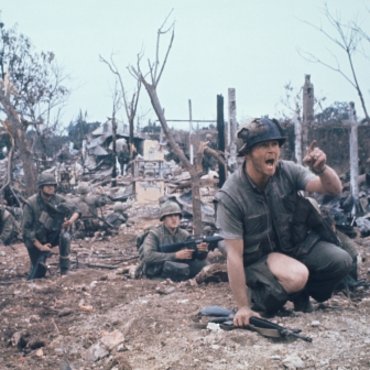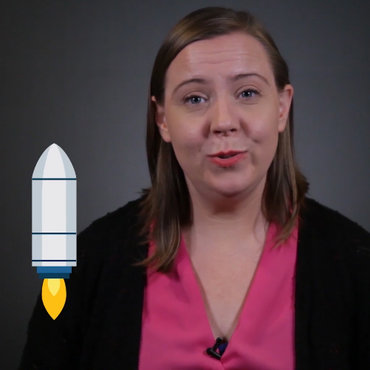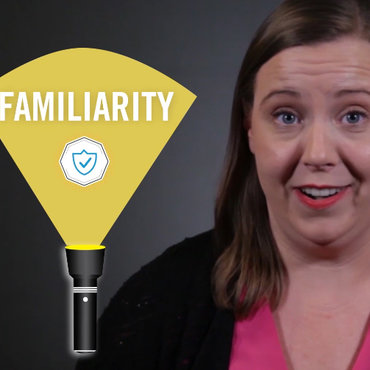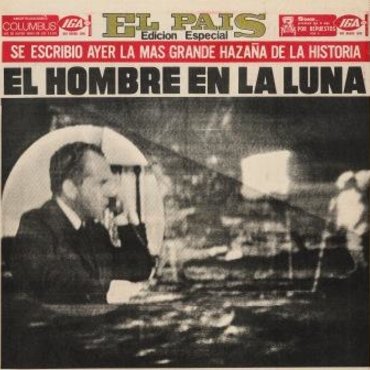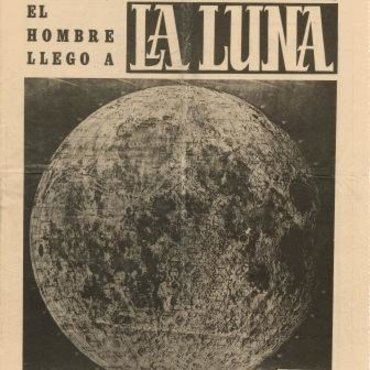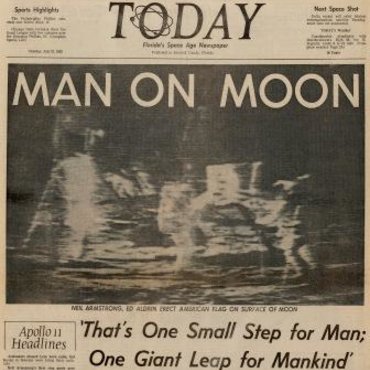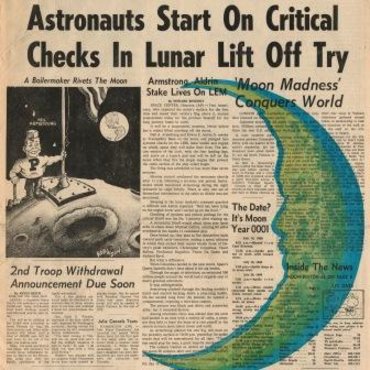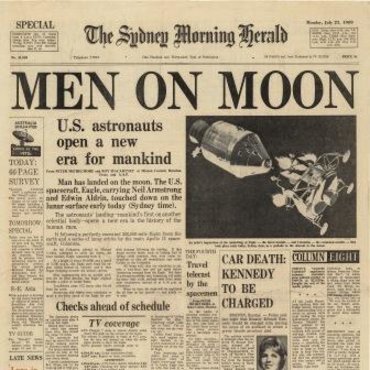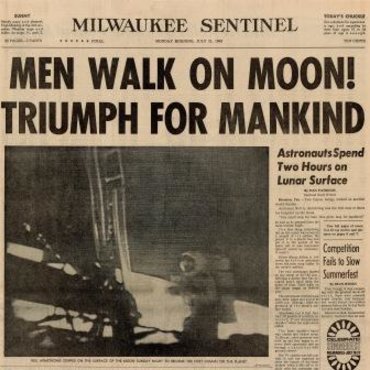
Is It Fair?
A video and graphic help students tune up their “fairness meters” to detect three key factors that can determine how objective or biased a news story is; then they analyze real-life examples.
Get even more great free content!
This content contains copyrighted material that requires a free NewseumED account.
Registration is fast, easy, and comes with 100% free access to our vast collection of videos, artifacts, interactive content, and more.
NewseumED is provided as a free educational resource and contains copyrighted material. Registration is required for full access. Signing up is simple and free.
With a free NewseumED account, you can:
- Watch timely and informative videos
- Access expertly crafted lesson plans
- Download an array of classroom resources
- and much more!
- Current Events
- Journalism
- 7-12
- College/University
Are your students savvy searchers? Can they spot the difference between a straight news article and an opinion piece? Do they recognize bias in their sources … or in themselves?
You are in one of Fact Finder: Your Foolproof Guide to Media Literacy’s 11 flexible, multimedia lesson plans to tackle these challenges. Eight skill-building lesson plans introduce essential media literacy concepts through engaging explainer videos and colorful infographics that help students revisit, retain and apply the key concepts. The accompanying News or Noise? Media Map provides a collection of examples ready for students to analyze and evaluate with the support of worksheets and discussion prompts. Three reporting lesson plans help students take what they’ve learned and apply it to their own content creation, inspired by the issues that matter to them.
Adapting Fact Finder for Your Classroom
FROM KEY IDEAS TO COMPLETE CURRICULUM
Polish one particular skill or take your students on a comprehensive journey from news novices to media masters. We designed this suite of 11 lesson plans and their corresponding resources to be used either as a complete curriculum or individually. There’s also flexibility within each lesson plan to complete the whole thing or choose individual resources and smaller activities.
Building New Skills and Ideas
Each lesson plan’s format is inspired by the 5-E’s constructivist instructional model (engage, explore, explain, elaborate, evaluate). For students new to media literacy or news consumption, the opening “engage” activity along with the explainer video and infographic may be enough to build their awareness of key concepts. More advanced students can put these concepts into action as they navigate the News or Noise? map with the help of worksheets to guide their application. Those who have already developed their media savvy can still be challenged to elaborate by applying the infographic tips and methods to the boundless content available online.
A Cross-Disciplinary, Standards-Driven Toolbox
No matter what subject you teach, bringing elements of media literacy and journalism into your curriculum can benefit your students and help you meet standards, including Common Core requirements for analyzing sources, creating content and using non-print texts. Media literacy empowers students to conduct better research and make better arguments, whether the topic is the Civil War or the biological impact of GMOs.
The challenges today’s media landscape poses for our students — and for all of us — can be daunting. But we hope this collection of content provides an approachable way to help your students hone their ability to find quality content and begin creating their own to share with the world.
— The NewseumED Team
- Discuss what your students have heard about fairness — or bias — in the media, and reach a definition of what fairness is. (For example: Fairness is providing all the information that an audience needs to understand and evaluate an event or idea. It means giving serious consideration to all sides of an issue and sharing all the important facts.)
- To illustrate what fairness in news coverage might look like and why it matters, distribute the Reporting the Story of Goldilocks and the Three Bears handout. Discuss which of the headlines your students think are fair, which are not, and why. Discuss how the different versions might influence their view of the events.
- Explain that one way to weigh the fairness of a news story is to look for three things: word choice, context and counterpoints. To understand these concepts, watch the “Is It Fair?” explainer video, then review the accompanying tipsheet graphic.
- Look back at the Goldilocks examples and highlight these things:
- Yellow = examples of leading language
- Orange = examples of context that deepens understanding of what happened
- Green = examples of counterpoints showing different perspectives or responses to accusations
Discuss students’ findings as they go to ensure understanding of each concept.
- Tell students it’s time to go beyond fairy tales and apply their fairness meters to real news. Distribute the Is It Fair? worksheet and printed examples of a news story from the News or Noise? media map or your own selections. Suggested examples:
- Black Teens Ambivalent About Walkouts, 2018 (1 and 2 of 2)
- Children's Crusade Begins, 1963 (1 and 2 of 2)
Depending on your students’ level and confidence, either work through the worksheet as a class or have them work independently or in small groups.
- After students have completed their worksheets, have them share their findings and discuss their process. Then use the Discussion Questions below to continue the conversation.
- Reporting the Story of Goldilocks and Is It Fair? worksheets (in lesson plan download), one per student or small group
- Yellow, orange and green highlighters, one set per student or small group
- Internet access to view “Is It Fair?” video (above)
- Is It Fair? tipsheet (download)
- Printed examples (to highlight) from the News or Noise? media map or printouts of news stories of your choice.
- The Fairness Meter bookmark (optional, download)
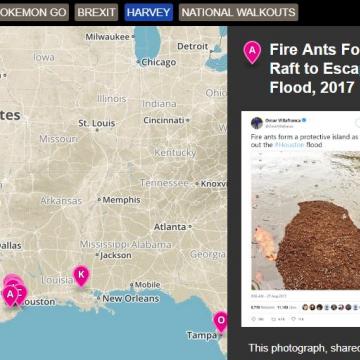
News or Noise? Media Map
News or Noise? Media Map
- Which of these three indicators of fairness do you think is the easiest to look for? The most difficult? Why?
- Why is it important to weigh the fairness of the content you come across in your daily life? Is this something you already do?
- How can you tell the difference between colorful language that helps paint a vivid scene and unfair language that shapes a reader/viewer’s opinion of the story?
- What would you tell someone who says it’s too much work to try to weigh whether or not news is fair?
- What would you say to someone who says all media is biased?
- If a news story is biased, does that mean you should discount all of the information in it? Why or why not? What next steps should you take if you determine something is unfair?
Evaluating Coverage of Current Controversies
As a class, create a list of current controversial topics. Individually or in small groups, students select an event and compare/contrast coverage of it from at least three sources (online media outlets, print newspapers, cable TV shows, etc.). Reports chosen should be from the same day, if possible. Highlight examples of word choice, context and counterpoints. Discuss their findings as a class.
-
Common Core State Standards: CCSS.ELA-LITERACY.CCRA.R.7
Integrate and evaluate content presented in diverse media and formats, including visually and quantitatively, as well as in words.
-
ISTE: 2. Digital Citizen
Students engage in positive, safe, legal and ethical behavior when using technology. -
ISTE: 3b. Knowledge Constructor
Students evaluate the accuracy, perspective, credibility and relevance of information, media, data or other resources. -
ISTE: 3d. Knowledge Constructor
Students build knowledge by actively exploring real-world issues and problems.
-
National Council of Teachers of English: NCTE.12
Students use spoken, written, and visual language to accomplish their own purposes (e.g., for learning, enjoyment, persuasion, and the exchange of information).
-
NCSS Curriculum Standards: NCSS 8
An understanding or science and technology in their social contexts allows learners to questions and analyze the impact of science and technology on society.
